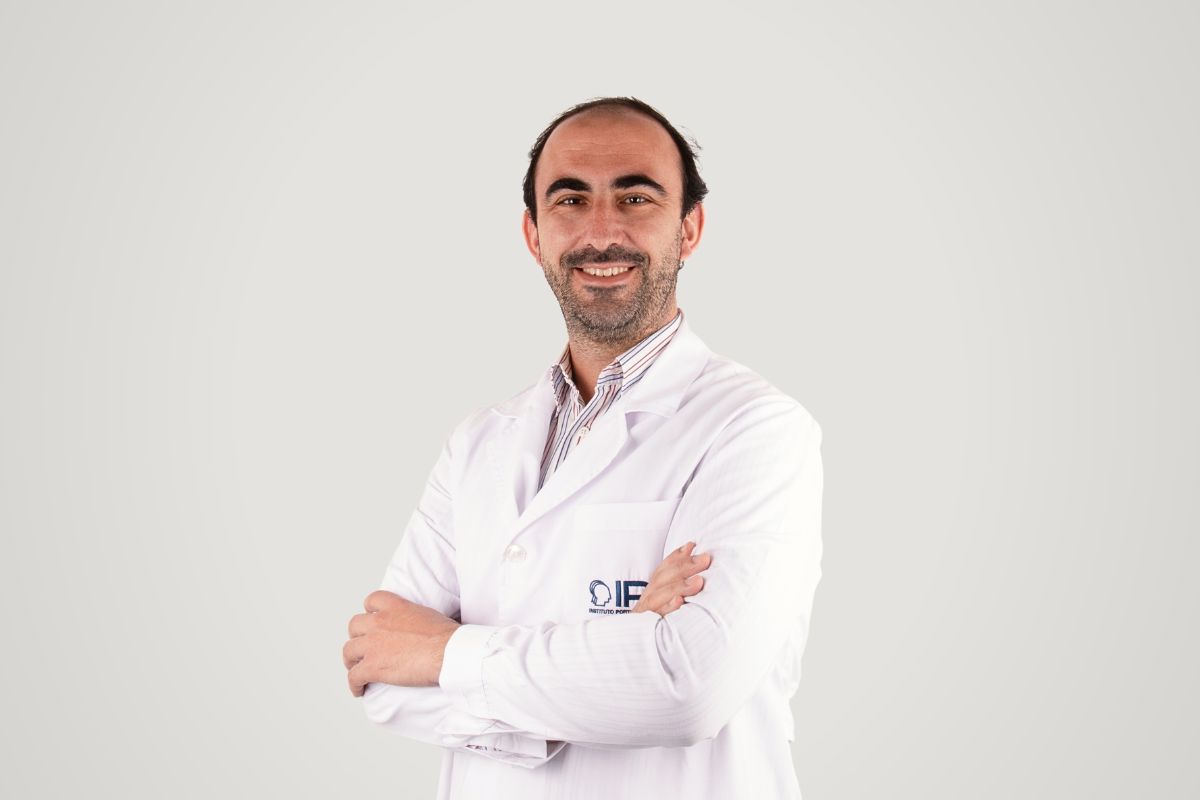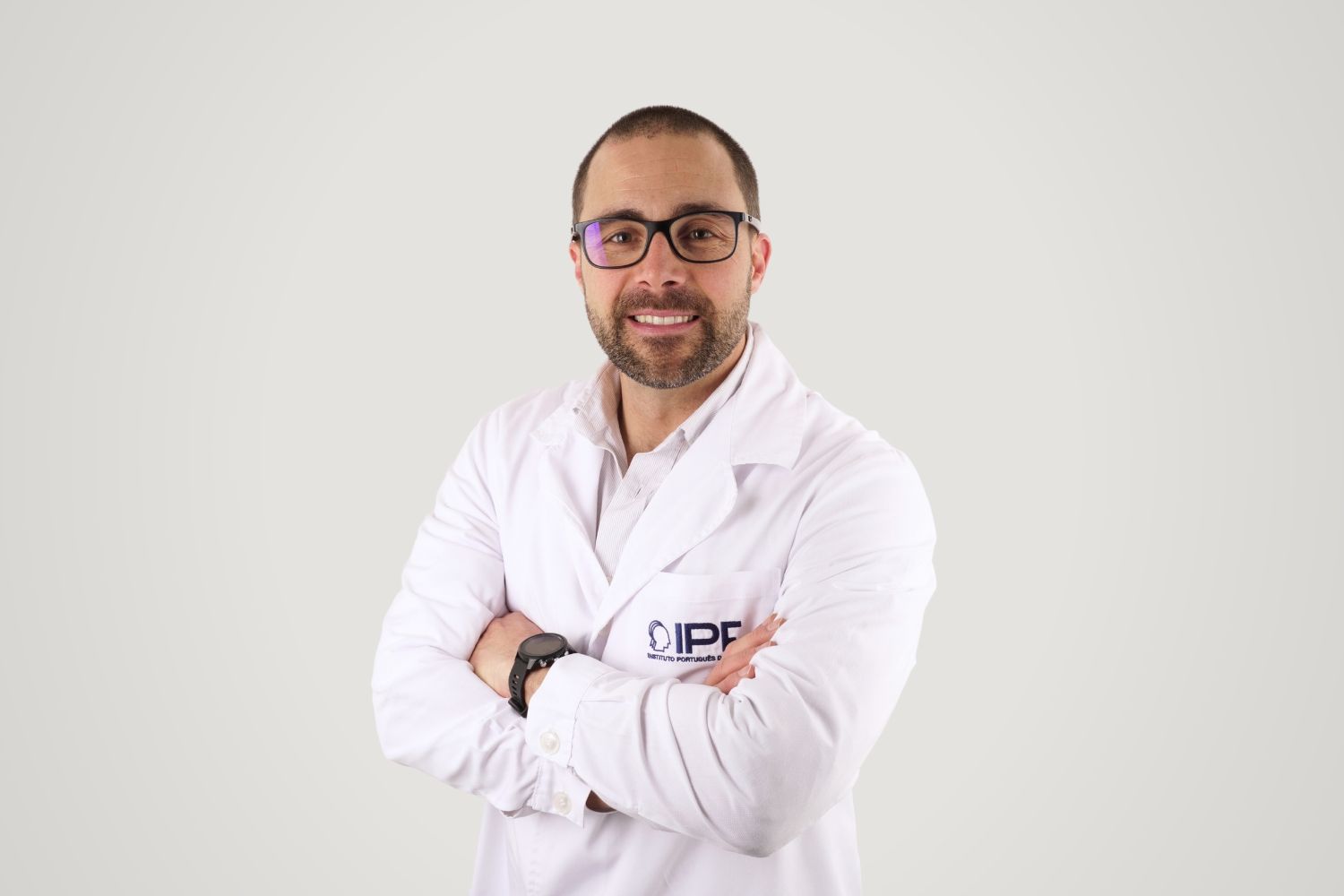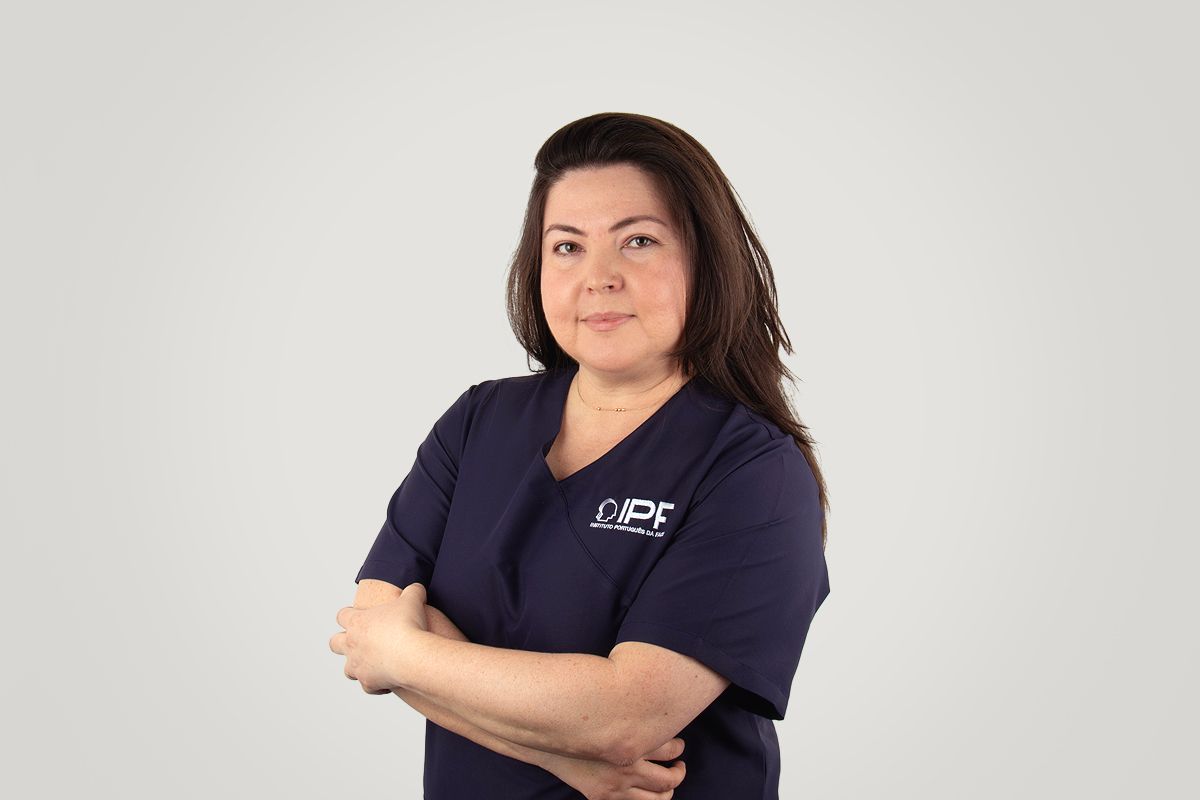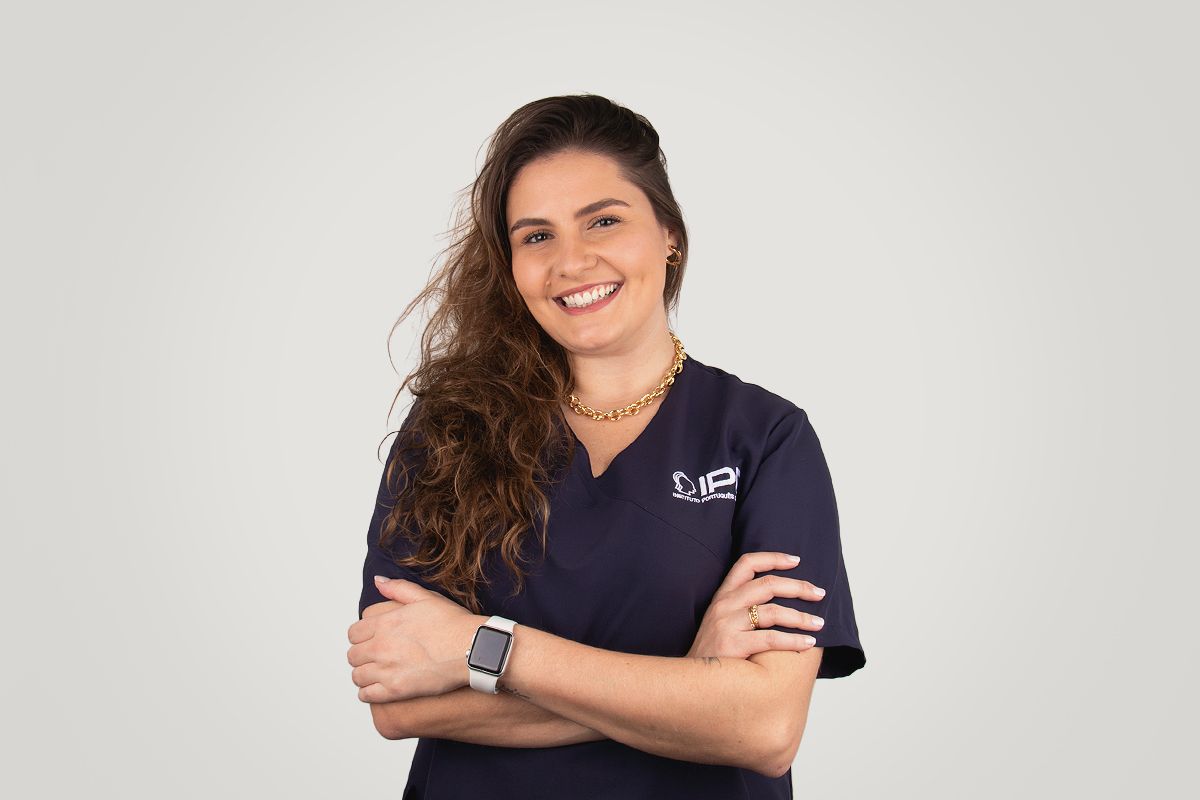FACIAL PARALYSIS
DEPARTMENT OF FACIAL PARALYSIS
At Instituto Português da Face we have a multidisciplinary facial paralysis consultation, with an international team to discuss the best therapeutic strategies for each case. We believe that it is always possible to improve the life’s quality of our patients with facial paralysis.
THE FACIAL PARALYSIS
Facial symmetry is one of the most important aesthetic features of the face and a challenge for all surgeons. Facial asymmetry can have a bone, soft tissue, neuromuscular changes or mixed origin. The facial nerve, VII cranial nerve, is responsible for facial expression and its injury can lead to facial paralysis.
Facial paralysis is a clinical condition that can have a major psychological impact on patients' lives. When the facial nerve is compromised, we may have several facial motor alterations:
- difficulty closing the eyelids
(leaving the eye exposed, and there may be irreversible lesions)
- difficulty smiling
- difficulty speaking or eating
- difficulty kissing
- facial asymmetry
Its manifestation starts in an acute way, with facial alterations in less than 72 hours. It may be accompanied by hypersensitivity to sounds, pain in the pinna or dry eyes.
CAUSES
Facial paralysis can be of congenital or acquired cause. Acquired causes are divided into 5 different groups:
- Unknown causes: known as Bell's palsy, where there is no cause identified during diagnosis. It is the most frequent, accounting for 60-75% of all paralysis;
- Traumatic: is related to deep facial trauma or bone fractures, such as jaw or temporal fracture;
- Infectious: caused by viral infection, such as the Varicella Zoster Virus or the Epstein-Barr Virus;
- Neoplastic: related to the appearance of neurinomas of the facial nerve;
- Neurological: Guillain-Barré syndrome stands out as the most frequent cause of bilateral peripheral facial paralysis.
DIAGNOSIS AND TREATMENT
The purpose of a facial paralysis treatment is to achieve symmetrical facial movement. It is a great challenge to achieve a natural facial expression, and in most cases a normal facial expression will never be achieved. Another goal is to achieve the face’s symmetry in rest, to reduce the number of facial spasms as much as possible.
In addition to facial asymmetry and lack of expression, there are possible ophthalmological lesions associated with the lack of protection of the eye due to altered muscle tone (lagophthalmos). The patient who cannot close the upper eyelid due to a failure to contract the muscle that closes the eye (orbicularis oculi) and the lack of tonicity of the lower eyelid presents an exposure of the eyeball. This exposure can cause repeated conjunctivitis, corneal ulcers, increased sensitivity of the eye, and even a decrease in visual acuity. It is usually necessary to occlude the eye at night with eye patches and continuous use of artificial tears and ointments.
The diagnosis of facial paralysis is mainly clinical, although complementary tests such as electromyography and magnetic resonance imaging are needed to help in the clinical decision. Once the diagnosis of facial paralysis has been made, it is important to establish the degree of motor function compromise, as well as the etiology and time of evolution. All this data will contribute to the adequate treatment and prognosis of each case.
DETERMINING FACTORS IN THE TREATMENT OF FACIAL PARALYSIS
ARE ALL FACIAL PARALYSES THE SAME?
WHEN SHOULD WE TREAT?
HOW TO PLAN THE TREATMENT OF FACIAL PARALYSIS?
FACIAL PARALYSIS TREATMENTS
CONSERVATIVE TREATMENT
There are aesthetic techniques that allow a camouflage of the facial paralysis, such as the use of tensor threads or botulinum toxin. The use of botulinum toxin aims to achieve facial symmetry by paralysing the muscles whose movement creates asymmetry.
SURGICAL TREATMENT
Surgical treatment can have two objectives: 1) promote symmetry without recovering movement (static techniques) or 2) recover muscle mobility (dynamic techniques).
The static techniques aim to symmetrise the face at rest, without recovering movement. This type of technique includes fat grafting, face lifting, blepharoplasty, etc.
At Instituto Português da Face we also have a dynamic surgical techniques, which are more complex and allow a very acceptable recovery from paralysis, such as muscle autotransplantation with reinnervation of the facial muscles using microsurgery techniques.
Taking all these factors into account, there are two main groups of surgical techniques:
MUSCLE REINNERVATION TECHNIQUES
In facial paralysis with less than 18 months of evolution, the facial muscles, usually do not present irreversible atrophy and we can recover the muscle atrophy with facial reinnervation techniques. This has a higher rate of success in the first 18 months of evolution, although the existing data is not rigorous, and we must confirm the muscular viability with electromyographic studies. One of the techniques used is the direct reconstruction of the injured nerve; if the extremities are not close enough, we can perform a nerve graft. Another of the techniques used, takes advantage of the nerve impulse generated by another nerve, redirecting this impluse through the facial nerve and its branches that remain intact techniques (cross-face, hypoglossal-facial suture or suture of the masseterofacial nerve).
MUSCLE RECONSTRUCTION TECHNIQUES
These are usually adequate for paralysis with more than 18 months of evolution, independently of the cause that produced it. However, each case must be evaluated individually based on electromyographic data and the characteristics of the patient, age being especially important. This technique allows symmetrization of the face in static or dynamic position.
TECHNIQUES FOR THE UPPER EYELID
The eyelid movements can be voluntary or involuntary (intermittent). Getting both movements back is the main goal of eyelid surgery. The main surgical techniques include the insertion of upper lid weights, muscle rotation to restore voluntary movements among others.
COMPLEMENTARY PROCEDURES
Complementary procedures should be discussed with the patient after the main surgery in order to achieve the best possible results. These procedures may be surgical such as ocular plastic surgery, or non-surgical such as the application of botulinum toxin. The rehabilitation process is fundamental and must accompany each of the different surgical techniques used in the treatment of facial paralysis. Rehabilitation is different in each of the surgical options we perform and must be applied by professionals highly specialised in the treatment of patients with facial paralysis. Throughout the rehabilitation process, complementary treatment with botulinum toxin is essential.
The treatment proposed to each patient depends on the possibilities of success of each case, the patient's expectations and how much they are willing to get involved to achieve their goals. Each case of facial paralysis is unique. At Instituto Português da Face we have an experienced team with knowledge of different techniques to best help our patients with facial paralysis.









